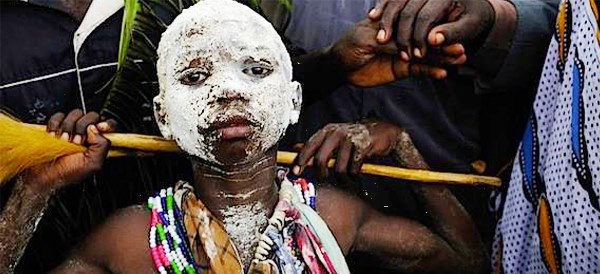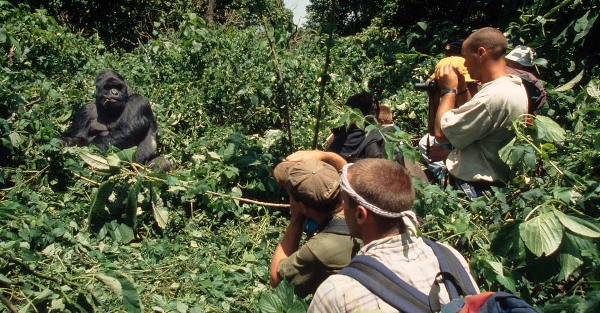Over time, there have been increased reports of human encroachment on wildlife protected areas. Communities living around national parks continue to find way into wildlife habitats in search of expansive arable land and to a worse extent human settlement.
Earlier on, to mitigate human-wildlife conflicts, the Uganda Wildlife Authority (UWA) came up with Buffer zoning, a solution that was thought of to be a lasting one. According to John Makombo, Director Conservation UWA, the main intent for the buffer zone was mainly to grow in a crop that was unpalatable to the wildlife so that they couldn’t cross the belt and go further than that crop range.
Gregory Mugabe, former natural resource manager Kanungu, added that the purpose of the buffer zone is to give lea way so that animals can move only around the protected areas and not past the zones with crops they don’t feed on because animals move depending on the availability of food.
In Mpugu and Lutenga, some of the communities that neighbor Bwindi impenetrable National Park have been in the spotlight over time for increased human-wildlife conflicts with the population going ahead to fetch firewood and timber from the wildlife protected area. In the process they encounter with wildlife which at times they kill in fear or in case of attacks. These communities too where at a worse conflict with the wildlife because they occasionally destroyed their food gardens.
To alleviate the conflict, UWA came on board and encouraged the communities to grow crops that weren’t a wildlife delicacy for example red paper. This move however wasn’t welcomed by the communities because these crops weren’t bringing in quick returns and yet couldn’t be consumed at house hold level. UWA later came up with a compensation strategy for farmers whose gardens were destructed although communities continued to outcry the slow and sometimes unrealistic compensation strategies. The communities instead decided to spend nights and days looking after their gardens while protecting them against stray wildlife.
Speaking about the matter, Christine Katushabe of Change a Life Bwindi commented that when you interact with most of the community members and ask them why they had not gone to school they tell you they could spend much time looking after family gardens to protect them against animals coming from the park.
“The introduction of tea growing around the park has given children a chance to go to school,” Katushabe added.
Apart from human activities, tea factories have also been accused of wrongly utilizing buffer zones. Given the fact that Gorillas do not feed on tea, the crops was chosen as one of the main crops to be plated around Bwindi buffer zones. However, some Tea growing factories continue to encroach forest land past the buffer zones with their plantations going several meters into the national park land past the buffer marks.
About Guide2Uganda
Guide2Uganda (www.guide2uganda.ug) is the most comprehensive source of information about Uganda that exists on the web, with more content on Uganda and surrounding towns, attractions, museums and galleries than any other online guide that currently exists for Uganda as well as being a dynamic news and comprehensive events driven site with content being added daily.
According to WeFollow & Peer Index (whom both measure online influence) we are among the most influential online media organizations in Uganda. We were also awarded for ‘’Best Destination Website in Uganda’’ by Jumia Travel Uganda in the 2017-2018 Africa Travel Awards. If you are planning a visit to Uganda you can always reach us on; info@guide2uganda.ug




